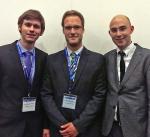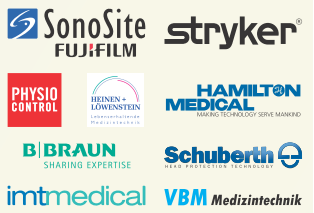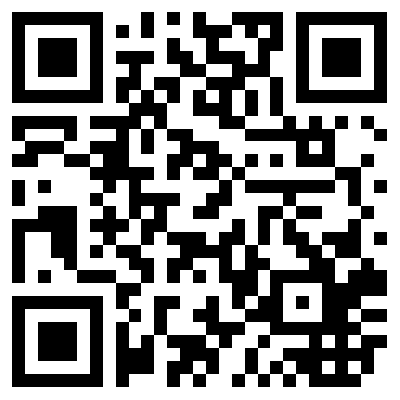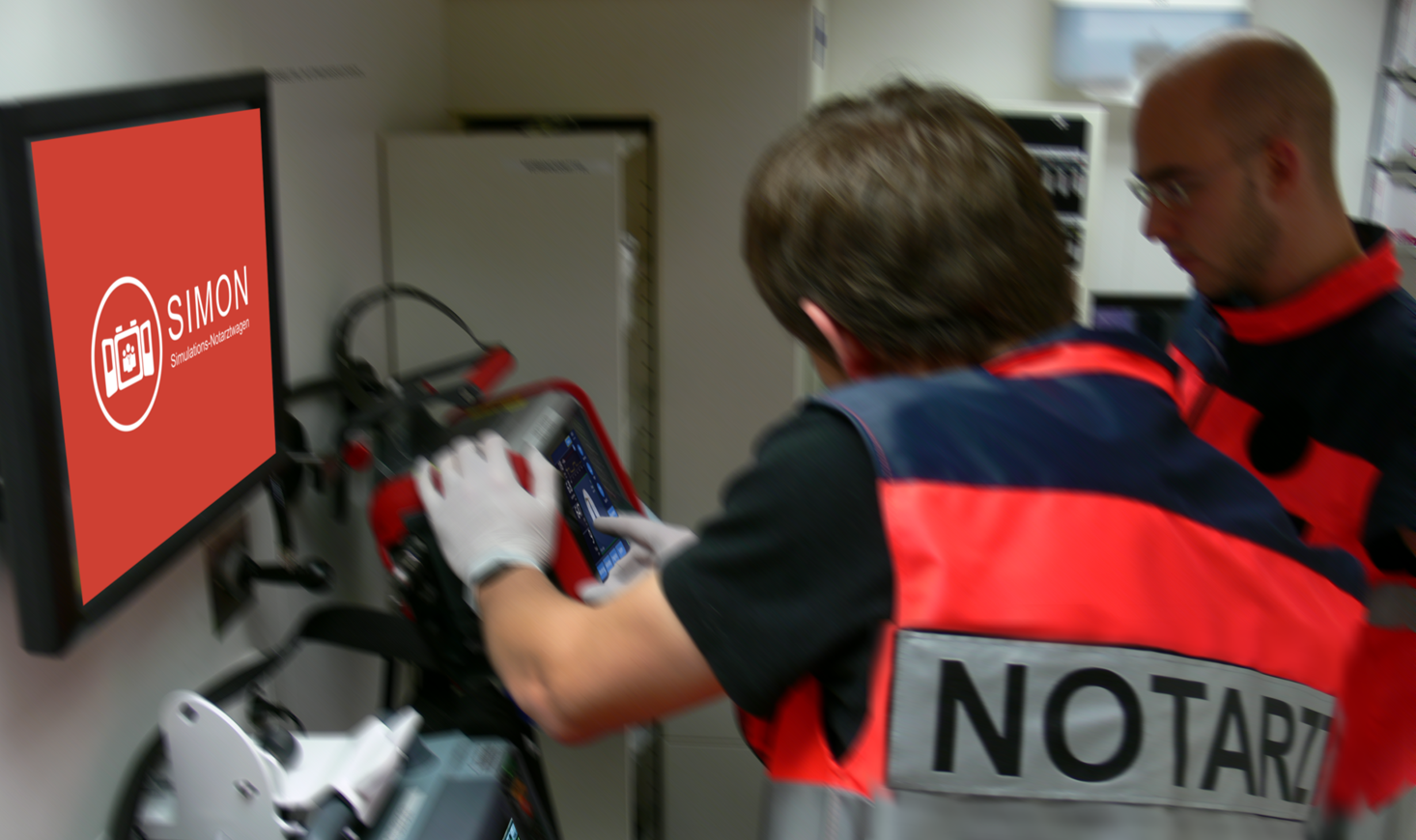


Theme
10II Simulator
INSTITUTION
(1) DocLab, Faculty of Medicine, University of Tübingen, Germany
(2) Department of Anesthesiology an Intensive Care Medicine, University of Tübingen, Germany
(3) Department of Internal Medicine 6, University of Tübingen, Germany

Medical errors in emergencies can have serious consequences for patients. Realistic simulations may reduce the incidence of medical errors. In combining modern medical equipment and a limitation of space, a simulation ambulance offers the possibility to create complex training scenarios including the exercise of team and communication skills.
The ambulance simulator is designed as an indoor installation and includes state-of-the-art medical equipment. The project was primarily financed by the “Tübinger PROFIL” with additional support from the Department of Anesthesiology and Intensive Care Medicine. Collaboration with industry sponsors allowed the ambulance to be equipped with a respirator, a defibrillator and an ultrasound unit. A lifelike mannequin placed on a stretcher and an in-house programmed video-feedback-system enable the simulation of realistic emergencies and subsequent video debriefing.
The student-built ambulance simulator “SIMON” enables the simulation of complex scenarios for medical students in Tübingen. This enhances curricular teaching and allows for innovative teaching formats. For example, realistic emergencies can be broadcasted into lecture theaters or incorporated into interactive teaching sessions like the “Sectio chirurgica”.
The new ambulance simulator “SIMON” may improve the medical education of future doctors and can thus provide a better preparation for clinical work.
The authors thank the AG Notfallmedizin and all participating students, physicians and faculty members for their support.
The equipment of the simulation ambulance was supported by the "TÜBINGER PROFIL" and our industry sponsors:

Contact
E-Mail: doclab@med.uni-tuebingen.de (Subject SIMON)
Website: www.doc-lab.de




 Send Email
Send Email